Indigenous communities along the Amazon River are grappling with severe challenges as an unprecedented drought causes water levels to plummet.
Unforeseen scarcity is threatening livelihoods and access to basic resources.
People who have relied on the river for centuries in Colombia, Brazil, and Peru, now face dwindling fish stocks, shortages of clean water, and isolation as transport routes dry up.
In Leticia, a Colombian town along the Amazon, fisherman Marciano Flores, 69, from the Cocama Indigenous community, has seen the devastation firsthand.
"The drought has hit me hard," Flores said.
"When the water's low, the fish die, so there's nothing to get."
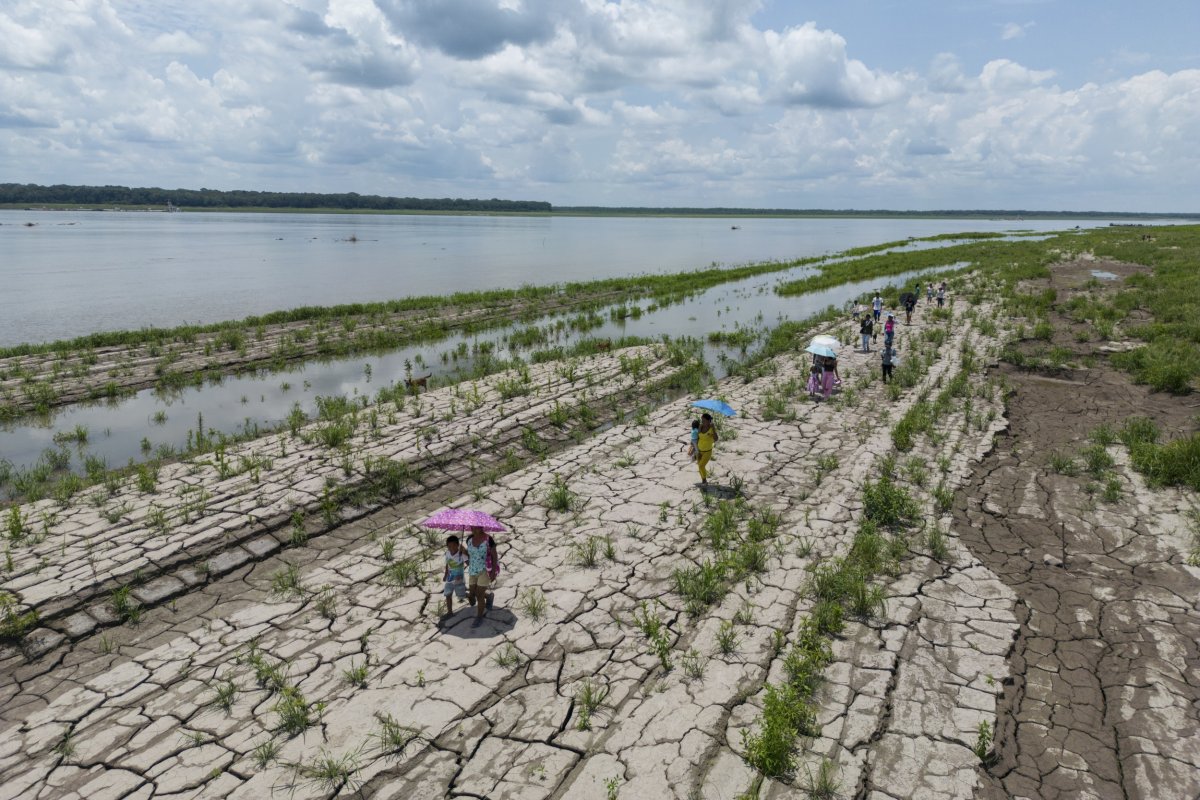
'All the Food Has Already Ran Out'
Flores, who has spent his life fishing the river, now has to travel farther each day, spending more on fuel while returning with smaller catches.
Just a year ago, standing where he cast his net would have been impossible—the river was far higher then.
Water levels in some parts of the Amazon have dropped as much as 90 percent in recent months, according to Colombia's National Unit for Disaster Risk Management.
This steep decline has hit Indigenous communities hardest since they rely on the river for food, water, and transport more than anybody.
"I've been very concerned, particularly for the Indigenous communities that are affected the most because all the food has already run out," said Álvaro Sarmiento, head of operations for the Colombian Civil Defense in Leticia.
"For Indigenous people, fishing is their main source of food."
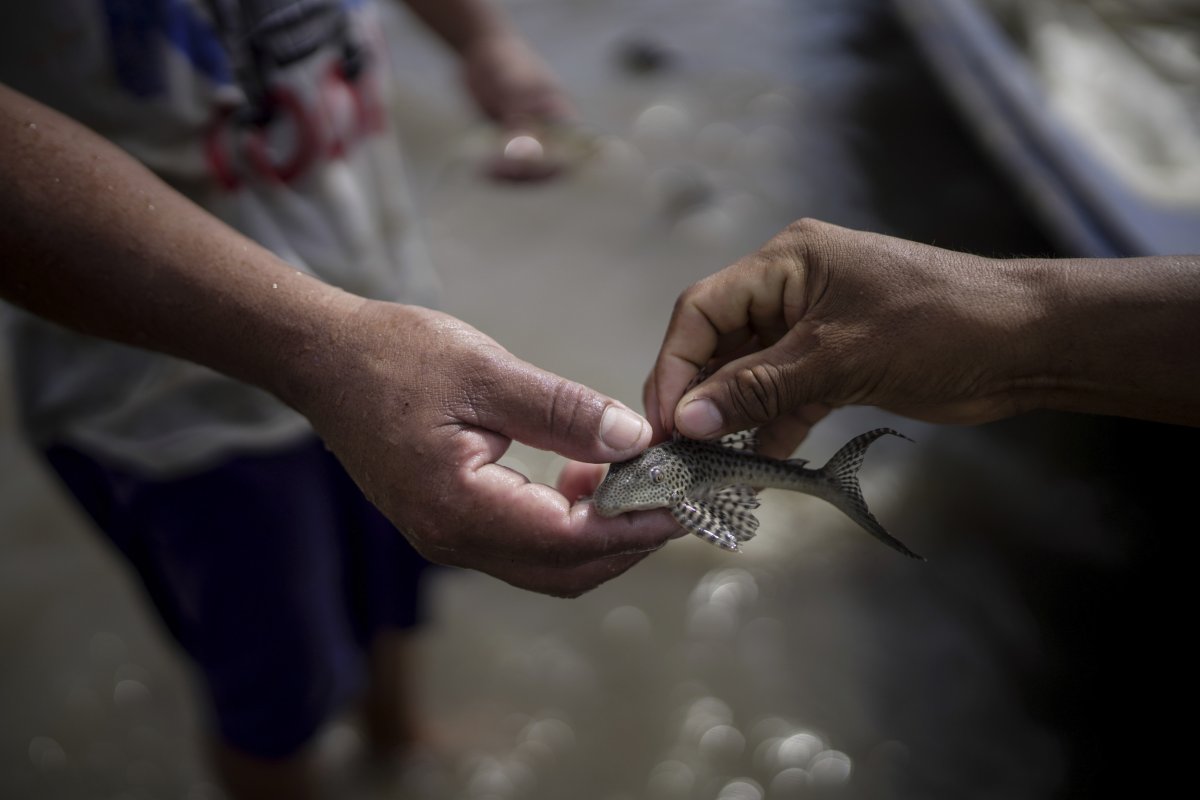
Illnesses from Dirty Water
In addition to food shortages, access to drinkable water has become a critical issue.
Many communities that depend on rain and river water are struggling. In La Playa, near Leticia, Ermencida Miranda, 48, of the Tikuna Indigenous group, said her family is now forced to buy water from town.
"We bathe in the river water, but for cooking and drinking we have to wait for rainwater and when there's none, we have to buy water from Leticia. Imagine that!"
In Brazil, the situation is equally dire.
Governments and nonprofits have started delivering aid, but many areas remain difficult to reach.
The Munduruku Indigenous Territory in Pará state has seen smaller rivers dry up, forcing locals to drink contaminated water from the larger Tapajós River.
Mercury, used by illegal gold miners, has polluted the river, posing severe health risks to those who rely on it. "Some of them drank dirty water and got health problems like diarrhea and stomachaches," said João Akay Kaba, a Munduruku leader.
Mercury is especially dangerous as it can accumulate in the food chain and lead to long-term neurological damage.
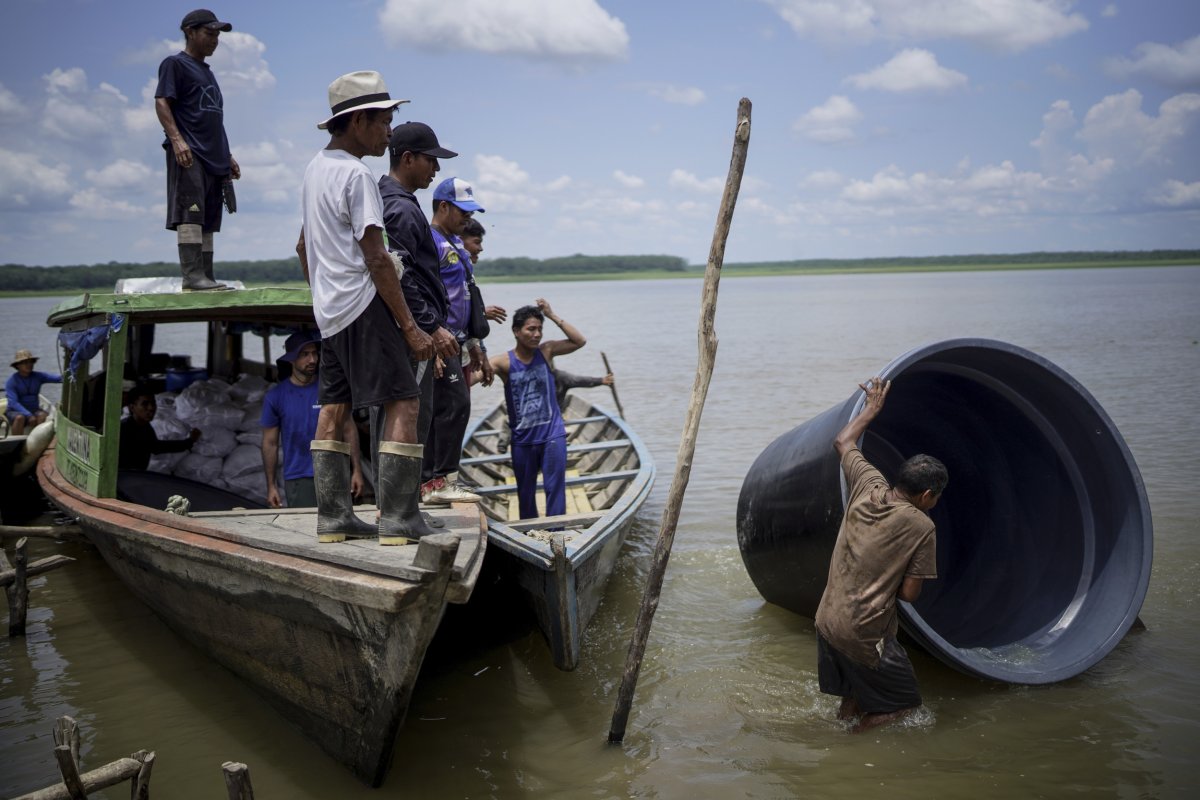
Could the Amazon Dry Out Even More?
In Colombia, humanitarian organizations have distributed food and water cisterns to Indigenous communities, but for some, the nearest aid is hours away by foot.
In Brazil, authorities have deployed water purification systems, and Peru has declared a state of emergency, promising to deliver clean water and medicine to affected regions.
Consecutive severe droughts have left communities wondering if the Amazon River will dry up even more.
Jugalvis Valencia, a boat tour guide in Leticia, expressed concern for the future.
"If we have a similar summer next year, it's possible that [the river] will get cut off and we'll be stuck in Leticia," he said.
As conditions worsen, millions are left waiting for solutions.
"If someone could help us to get water, it would be a happiness and a change to life, wouldn't it? Because water is very important for us," Miranda said.
This article includes reporting from The Associated Press
![SOURCE SPORTS: [WATCH] Mets Capt. David Wright Gives Interesting Insight On The Honor Of His Jersey Retirement In Citi Field](https://thesource.com/wp-content/uploads/2025/01/01fs75fy836w8mp4ytwr.webp)
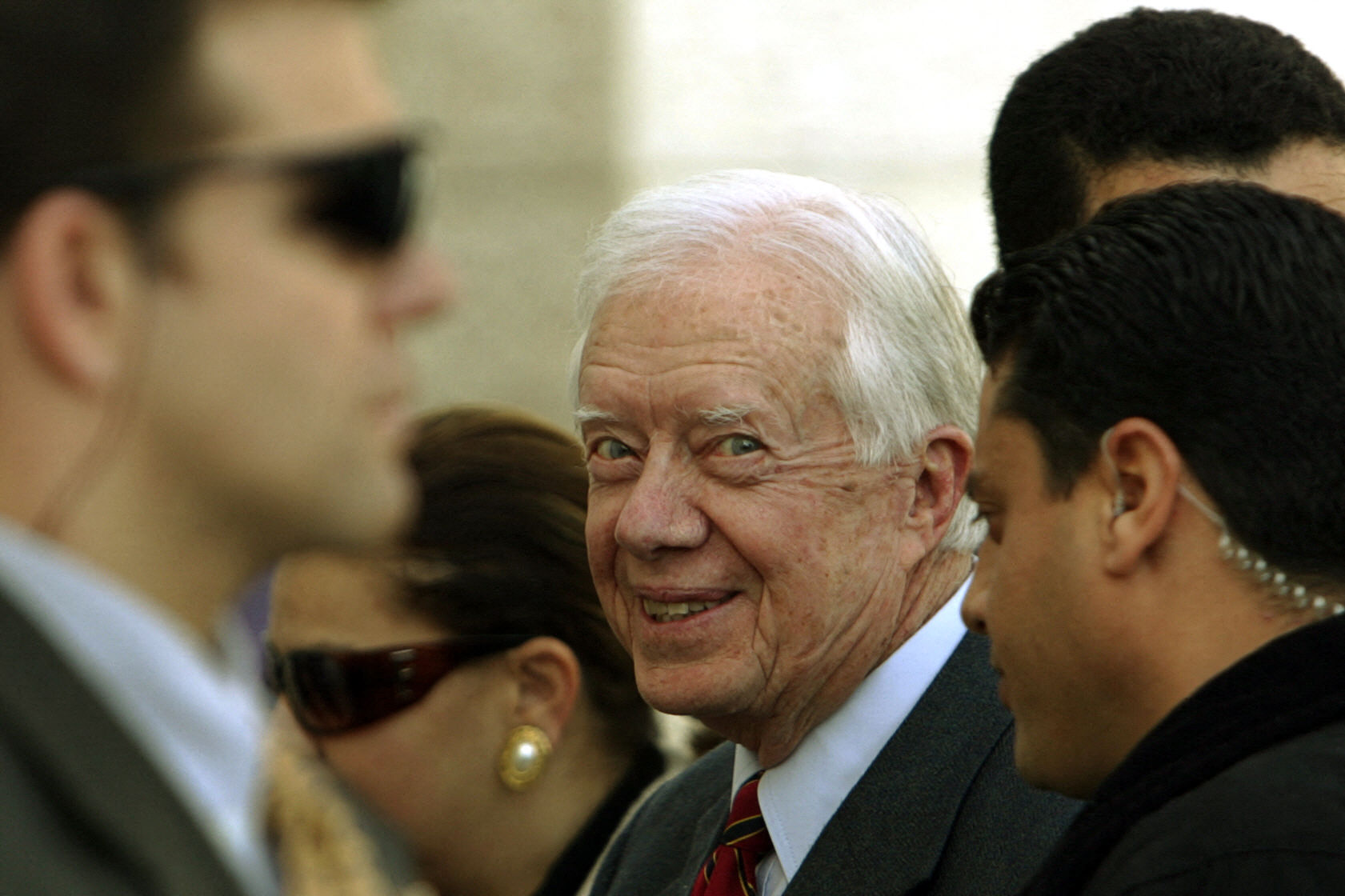


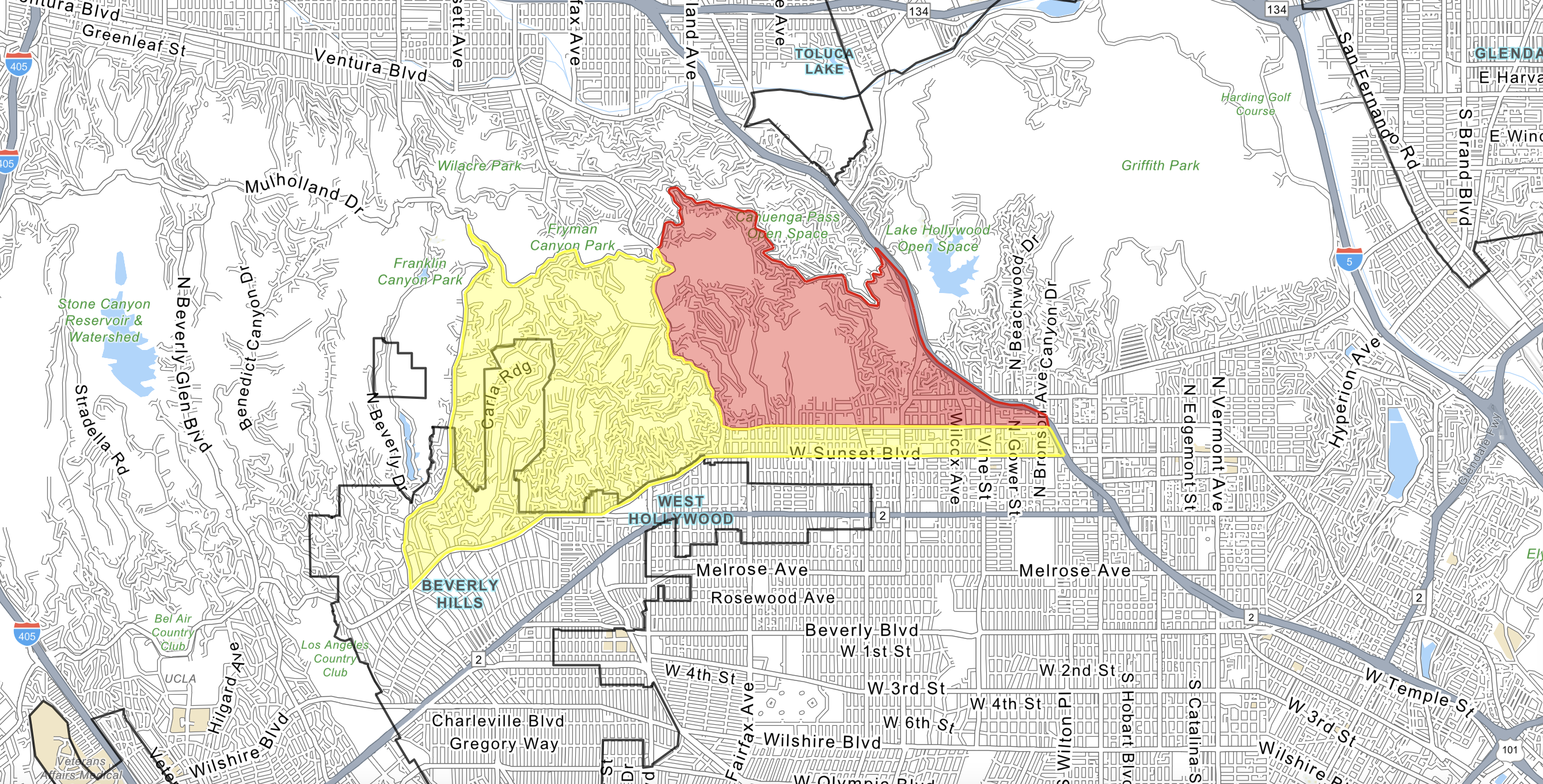















 English (US) ·
English (US) ·